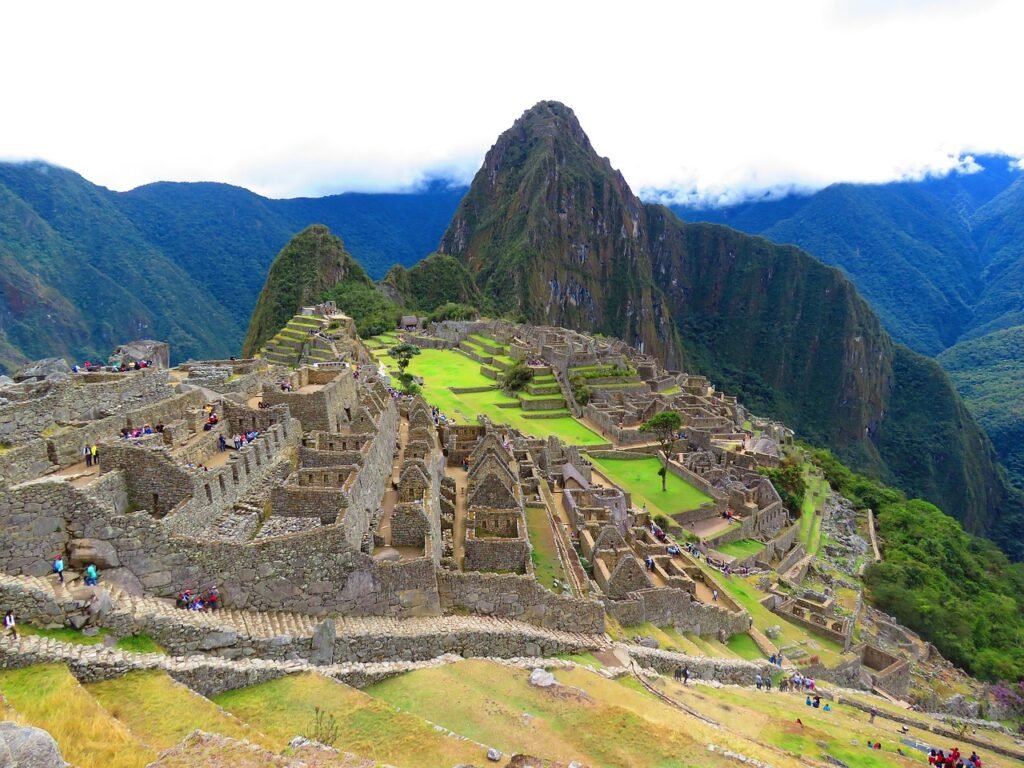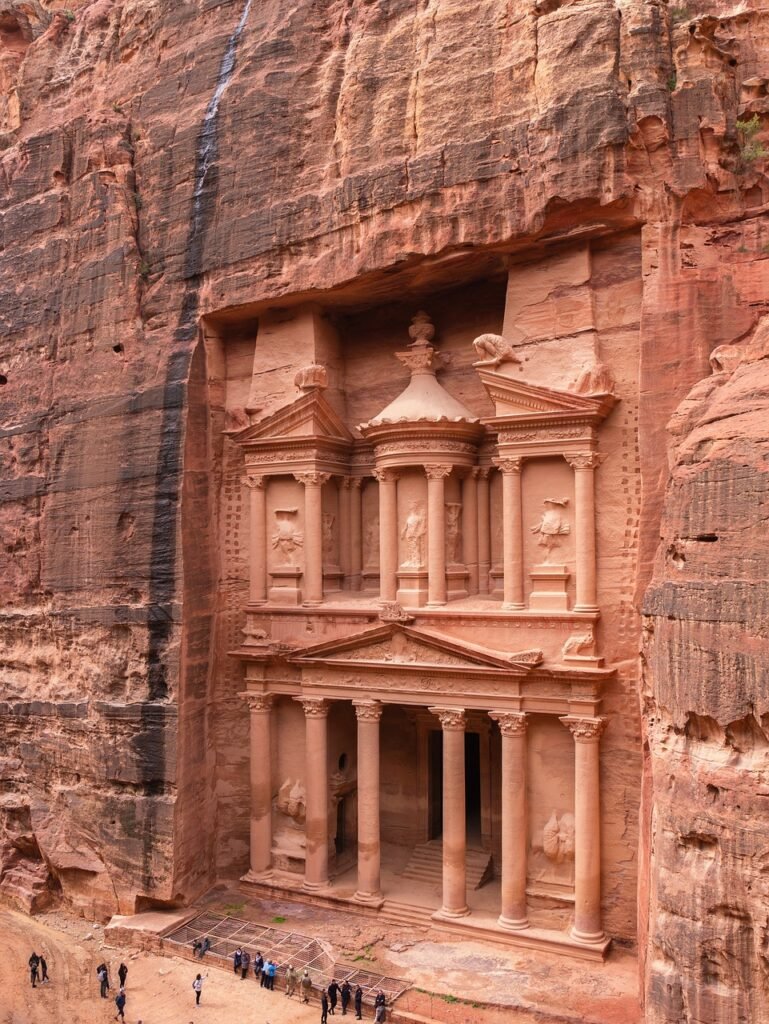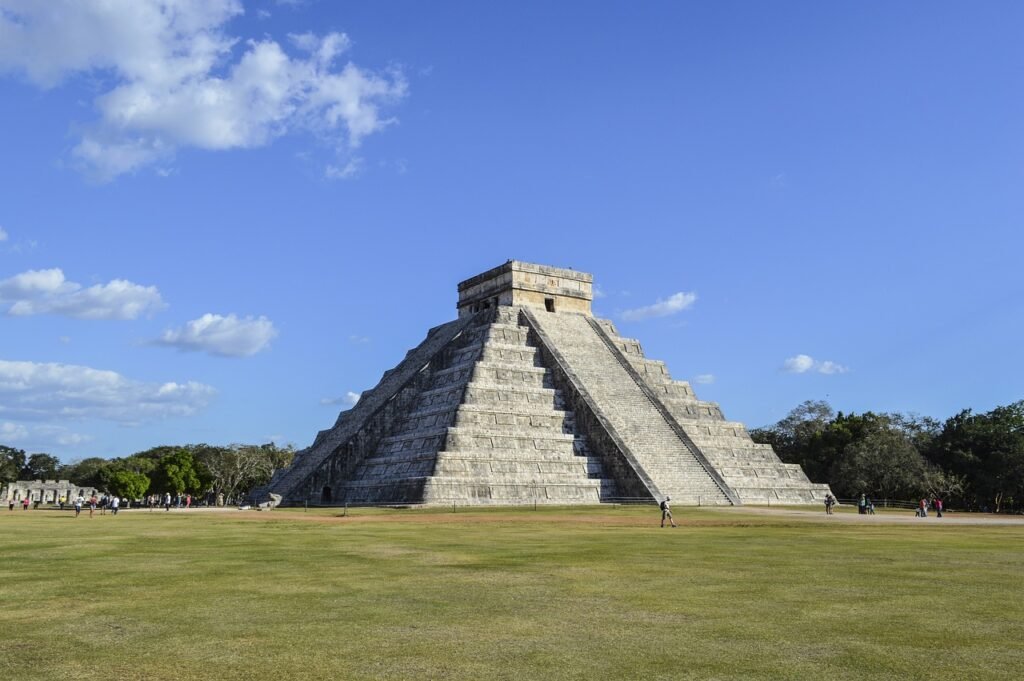introduction
The New 7 Wonders of the World are a testament to human civilizations’ grandeur, creativity, and resilience. This array of masterpieces showcases the pinnacle of human architectural achievement and a rich tapestry of culture and heritage. But how do these iconic structures contribute to the cultural fabric of our world? Let’s embark on a global tour to unlock the secrets hidden in these magnificent edifices.

The Great Wall of China: Cultural Significance
The Great Wall represents Chinese culture from long ago and stands for the tenacity and power of the Chinese people. It has served as a vital social and political divider while at the same time connecting various cultures through trade on the Silk Road. The Great Wall of China is the most popular among the 7 wonders of the world.
Petra: Cultural Significance
Petra, an archaeological marvel in Jordan, reflects the intricate Nabataean culture. The city, carved into rose-red sandstone, is a testimony to its extraordinary artistry and innovative hydraulic engineering system.

Christ the Redeemer: Cultural Significance
A statue of Christ, the Redeemer from Brazil, represents the region’s deeply ingrained Christian culture. The towering figure represents hope and spiritual solace, showcasing Brazil’s commitment to religious freedom and multiculturalism.
Machu Picchu: Cultural Significance
Machu Picchu, a mystical city perched atop the Andean mountain range, epitomizes the innovative engineering prowess and complex cosmology of the Inca Empire. It embodies a harmonious blend of nature and architecture, amplifying the cultural richness of Peru. Machu Picchu is also included in the list of 7 wonders of the world.
Chichen Itza: Cultural Significance
The Mayan city of Chichen Itza, with its majestic Kukulkan Pyramid, reflects the intricate Mayan calendar and astronomical knowledge. It symbolizes the Mayans’ understanding of time, space, and spirituality, contributing to the cultural wealth of Mexico.

The Roman Colosseum: Cultural Significance
The Roman Colosseum, an architectural marvel, symbolizes Rome’s imperial power and grandeur. It reflects Roman society’s cultural norms, ranging from entertainment preferences to the justice system, enhancing our understanding of ancient Roman civilization.
Taj Mahal: Cultural Significance
The Taj Mahal, an epitome of love, symbolizes the rich Mughal architecture and the passion of Emperor Shah Jahan for his beloved wife. It mirrors the synthesis of Persian, Islamic, and Indian architecture, contributing to the cultural tapestry of India.
Comparative Analysis of Cultural Significance
Great Wall vs. Petra
While both symbolize resilience and grandeur, the Great Wall signifies a protective boundary, while Petra represents artistic innovation and hydraulic brilliance.
Christ vs. Machu Picchu
While both structures reflect spirituality, Christ the Redeemer embodies Christian faith and inclusivity, while Machu Picchu signifies Inca cosmology and harmony with nature.
Chichen Itza vs. Roman Colosseum vs. Taj Mahal
While Chichen Itza embodies Mayan astronomical wisdom, the Roman Colosseum reflects social norms, and the Taj Mahal signifies an immortal love story. Each structure adds a unique thread to the global cultural fabric.
Global Impact and Cultural Exchange
The New 7 Wonders of the World profoundly impact global culture. They serve as bridges, fostering cultural exchange and mutual understanding among diverse societies.
Preservation and Sustainability
Preserving these sites is critical for maintaining cultural heritage and promoting sustainable tourism. They are living museums, educating future generations about past civilizations.
Tourism and Economy
Tourism to these 7 wonders of the world drives economic growth, generating income, creating jobs, and contributing to local and national economies.
Conclusion
The New 7 Wonders of the World are architectural masterpieces and vibrant reflections of diverse cultures and histories. Their cultural significance extends beyond their physical boundaries, remarkably influencing and shaping the world.
FAQs for New 7 Wonders of the World
Why are the New 7 Wonders culturally significant?
Each wonder reflects its civilization's culture, history, and societal norms, thereby enriching the global cultural fabric.
How do these wonders influence global culture?
These wonders foster cultural exchange, mutual understanding, and global unity, influencing world culture.
How do these wonders contribute to the economy?
These sites are major tourist attractions, driving economic growth by generating income, creating jobs, and contributing to local and national economies.
Why is preserving these sites important?
Preservation is key to maintaining cultural heritage, educating future generations about past civilizations, and promoting sustainable tourism.








